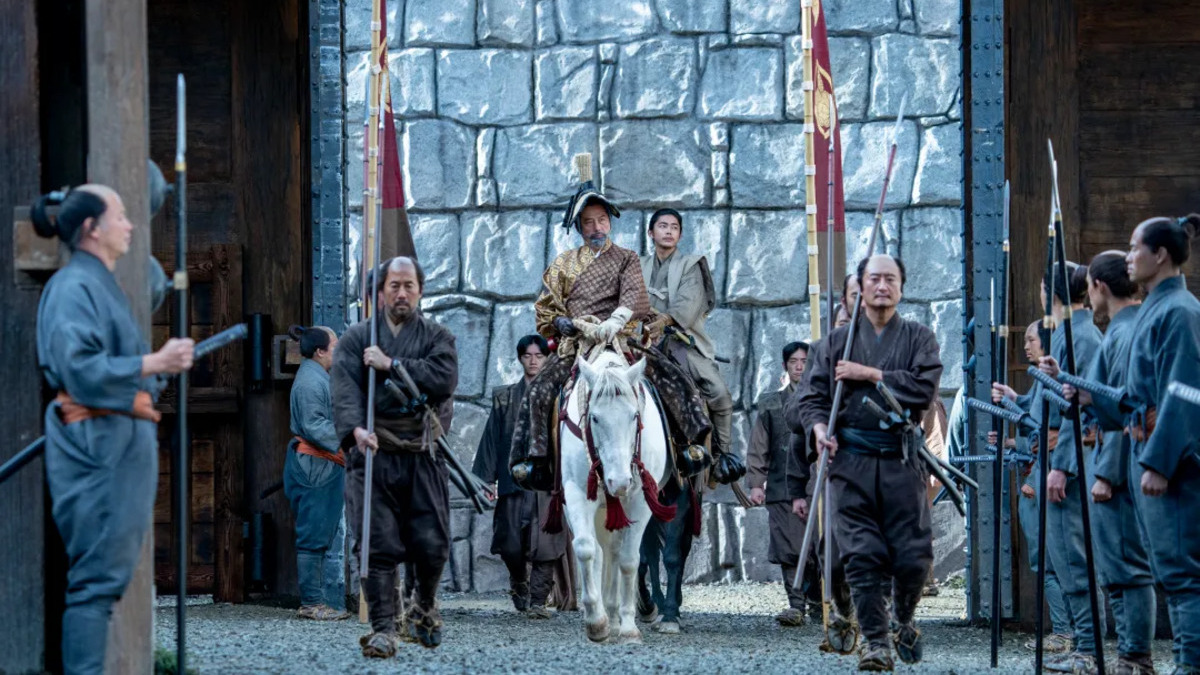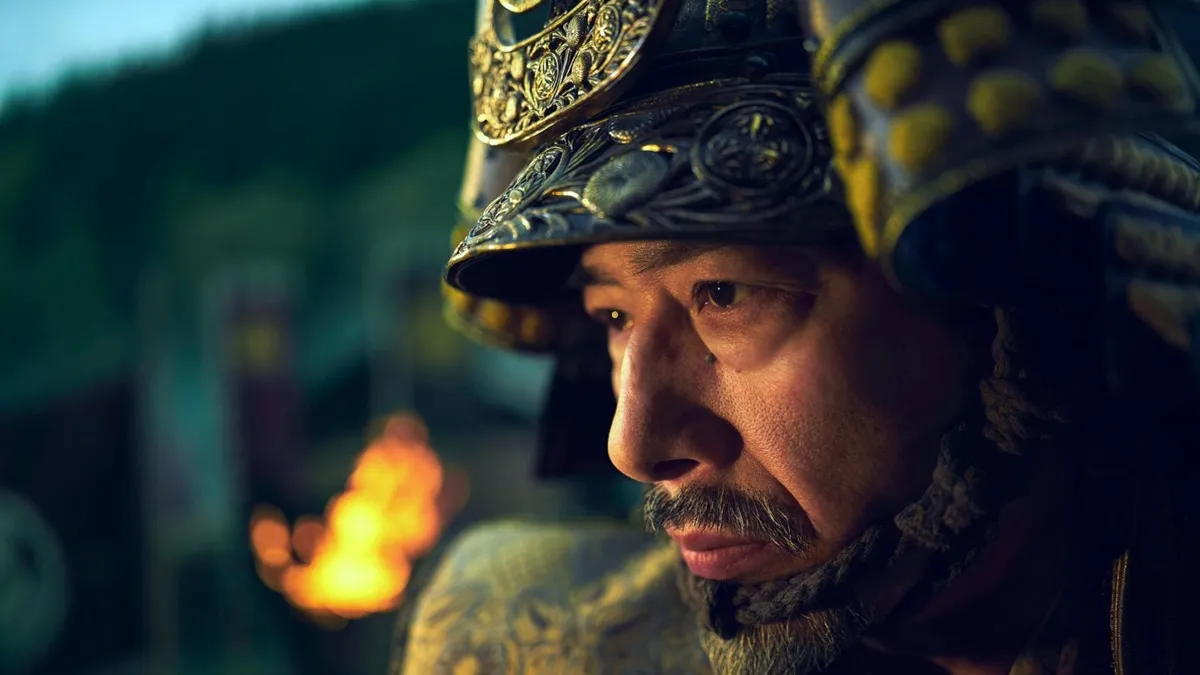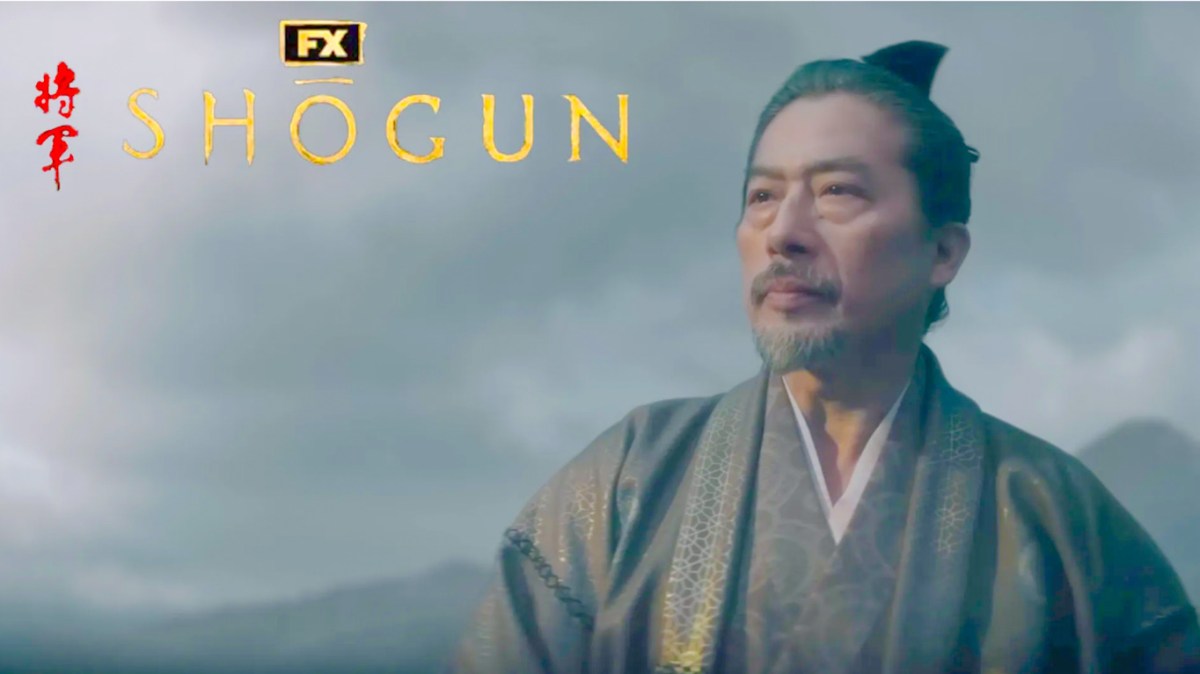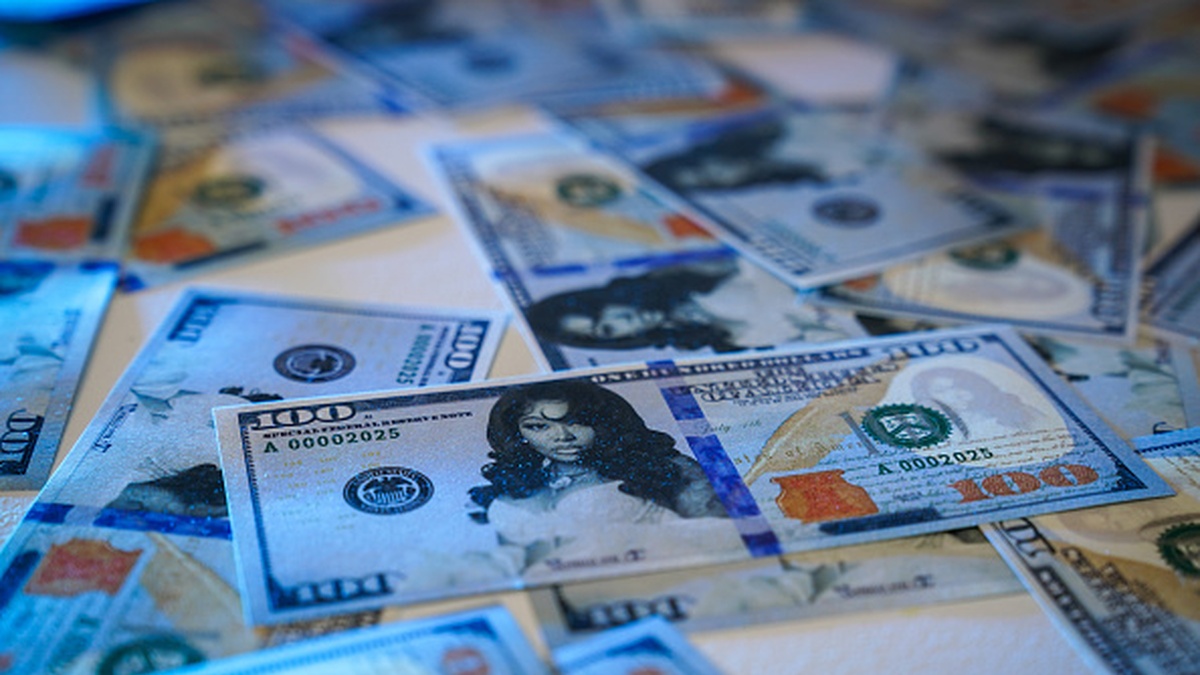Social hierarchy in feudal Japan looked very different from that of its Western counterparts. While both systems relied on ridged power structures with one absolute authority at the top, Japan’s system of governance shifted away from the emperor and into the hands of powerful military dictators called Shōgun.
These leaders were empowered not only through their military might, but also by the loyal vassals who served them. The most important of whom were the daimyo, wealthy landowners who pledged their loyalty to the shōgun. When the daimyo were aligned with the shōgun, he was nigh unstoppable – but at their betrayal, the Shōgunate would crumble.
What is a Daimyo?

After the ascension of the first Shōgun, Minamoto no Yoritomo, around 1200, the Japanese governmental structure changed.
Before he was declared shōgun, Yoritomo gifted large parcels of land to his most loyal vassals – excluding (mostly by murder) his family members, who could inherit his holdings. By spacing out the parcels of land and dividing the power between shugo (akin to military police) and jitō (civil servants) Minamoto was able to control much of the Japanese countryside.
While shōgun had existed for many years – the title was reserved for the brave warriors who would venture to the north to fight “barbaric” Emishi (also known as Ebisu and Ezo) – Minamoto was the first Shōgun to have actual power.
And with Moritomo’s position at the top so secure, it was easy for the warrior to declare himself Shōgun after the reigning emperor’s death. His newly created fiefs undermined the actual government of the time, and made it all but impossible to remove him from power. The Emperor became a figurehead, and while they continued to reign under divine mandate, the Shōgun was the defacto ruler of the nation. This governmental system was called a bakufu, or “tent government” – and while the term suggests that a shōgunate was temporary, it was far from temporary. Though only 3 families ever claimed shōgun, the bakufu lasted for more than 600 years.
Over the centuries, the shugo gained more power. Between 200-300 years after the first shōgun came to power, the class morphed into the shugo-daimyo who were not only enforcers of the peace, but also responsible for a fief’s economy. They used retainers to administer their lands, and had a council of elders to create policy. Within their domain, shugo-daimyo had considerable power; they could even issue their own currency – with approval from the shōgun, of course.

Despite the great power they held over their lands, these men were still warriors at heart. The daimyo were devoted samurai, and the great clans consistently pushed for more lands.
Ongoing conflict between shugo-daimyos as they sought to enlarge their territories marked the start of the Sengoku period. The Ōnin War kicked off when the reigning emperor, who had already named his monk brother as his heir, sired a son. The daimyo were quick to pick sides — some with the infant heir, others with the Cloistered Emperor. Fighting ensued, but the ruling shōgun did little to curb the violence.
As a result of the reigning shōgun’s complacency, the Ashikaga Shōgunate fell into disarray, which led to the formation of the Sengoku daimyo. The Sengoku daimyo were much more warfare-inclined. Having survived the conflicts that destroyed other great houses, their lands were consolidated and well secured, their armies ready for conflict and accustomed to fighting.
To curb their growing power, the daimyo were forced to rotate between their domains and the capital city of Osaka – where the shōgun was most powerful. Much like Lord Toranaga in the FX Shōgun series, these men were used as hostages to prevent uprisings. This did little to curb them, however; even confined to the castle, they appointed shugodai who continued to rule and fight in their stead. By the end of the Sengoku period, the remaining daimyo looked very different from their predecessors.
No longer were their decisions central, instead they had to acquiesce to the shōgun. By the end of the Tokugawa regime around 200 years later, the daimyo were essentially aristocratic figureheads. Their reduced power made it much easier to usher in the Meiji period, and by 1871, the daimyo’s domains were returned to the Emperor, and the once noble fighting families were reduced to pensioned nobility.











Published: Feb 29, 2024 01:58 pm